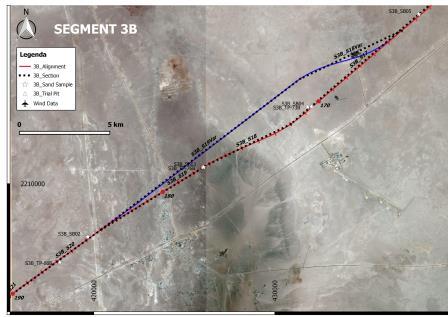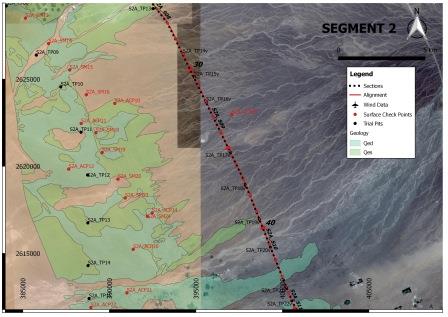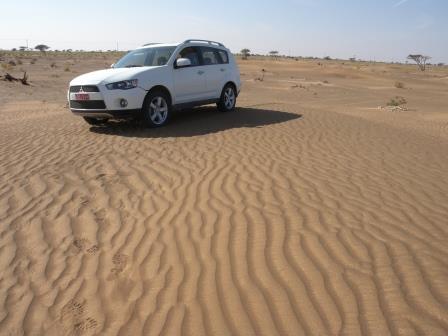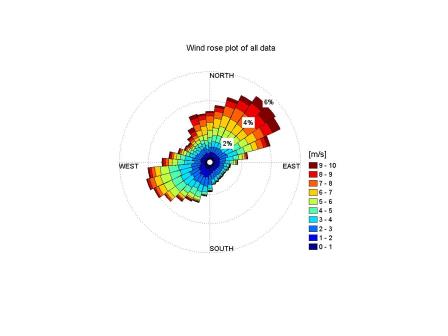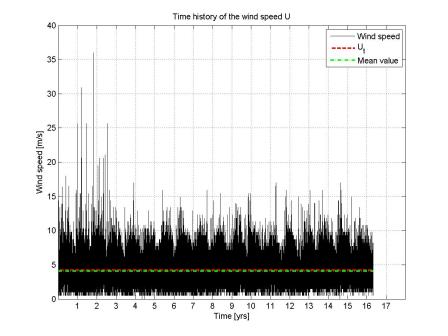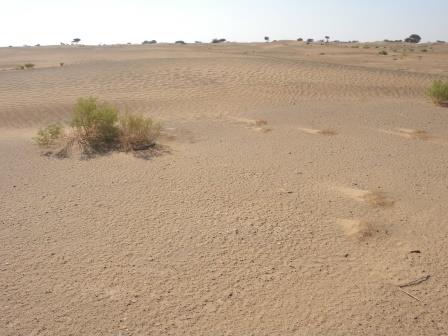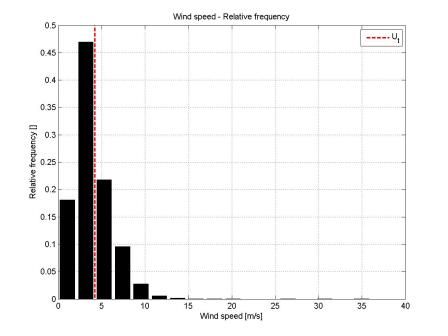The National Railway Project in the Sultanate of Oman consists of about 2200 km of railway line connecting the border between Oman and UAE (at Hafeet and KhatmatMilahah) to Muscat, as part of GCC Railway Network, and to the Southern part of the country at Port of Duqm and Salalah and to Yemen border.
The windblown sand involves a number of challenges faced to line-like transportation infrastructures, and in particular railway lines, in arid regions. In such environmental conditions, windblown sands can have a wide range of undesired effects on the infrastructure.
The scope of the Consultancy was to proper a numerical analysis of sand drift performed for the analysed railway segment.
The project area is prone to a high degree of sand along the alignment. In such environmental conditions, safety and maintenance challenges related to wind blow sand play a key role in the design of the railway. In fact, the combination of strong and persistent winds and the presence of local accumulation of fine sands along the alignment results in parts of the route sensitive to blowing sand problems. The analysed area is characterized by a unimodal wind regime; the main wind blows from South – South East. The study has been supported by a field survey, with the aim to get a complete description of the area under investigation. Sand samples were collected in order to make the particle size analysis as well as sand layer thickness and description of the surface feature (percentage of area covered by sand, vegetation or affected by the presence of crusted sand).

